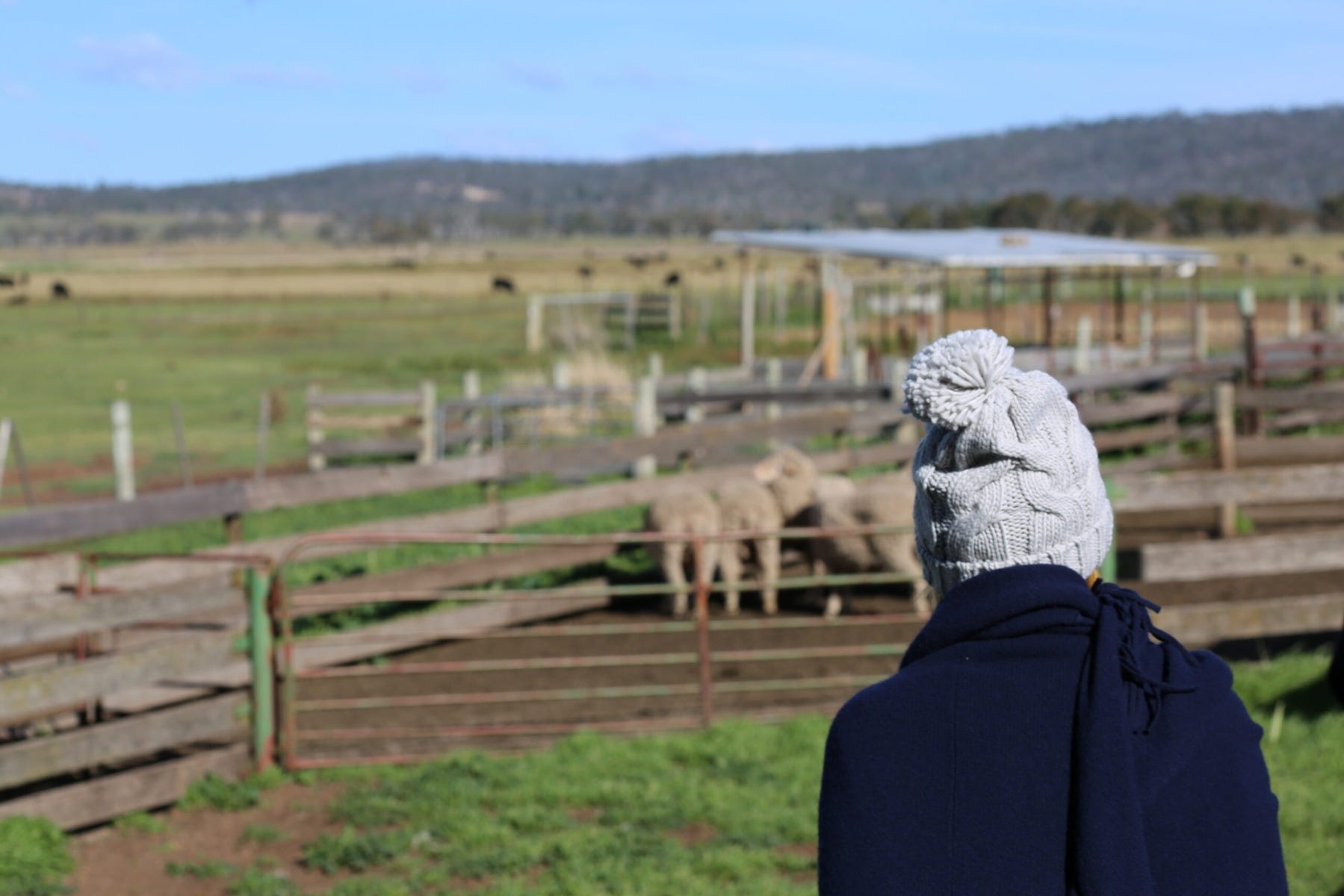Wool industry's forward pricing faces scrutiny amid falling farmer interest

The wool industry's belief that forward pricing helps manage price risk and by extension boosts profits is being questioned, as farmer participation in forward markets continues to drop. Despite calls for more education to revive interest, many overlook the reality that forward pricing, while occasionally useful, is not inherently beneficial and usually incurs a net cost.
Data from 1998 to 2024 for the eastern 19 Micron Price Guide (MPG) and corresponding 12-month forward quotes reveal that forward prices generally follow auction prices but at a discount, particularly during high-price cycles like 2000-2001 and 2017-2018. This discount, often 10-15 per cent, reflects market expectations that high prices won’t last making hedging most psychologically difficult when it's most financially justifiable.
Analysis of hedge outcomes from November and May each year shows consistent underperformance, with hedging typically reducing grower income over both 25-year and 10-year periods.
Forward pricing fails to mitigate price volatility and tends to suppress earnings during high-price years. For wool growers to benefit, forward contracts must either offer non-price advantages like improved financing access or include buy-side premiums to justify participation. Without these, hedging remains a cost, not a gain.
